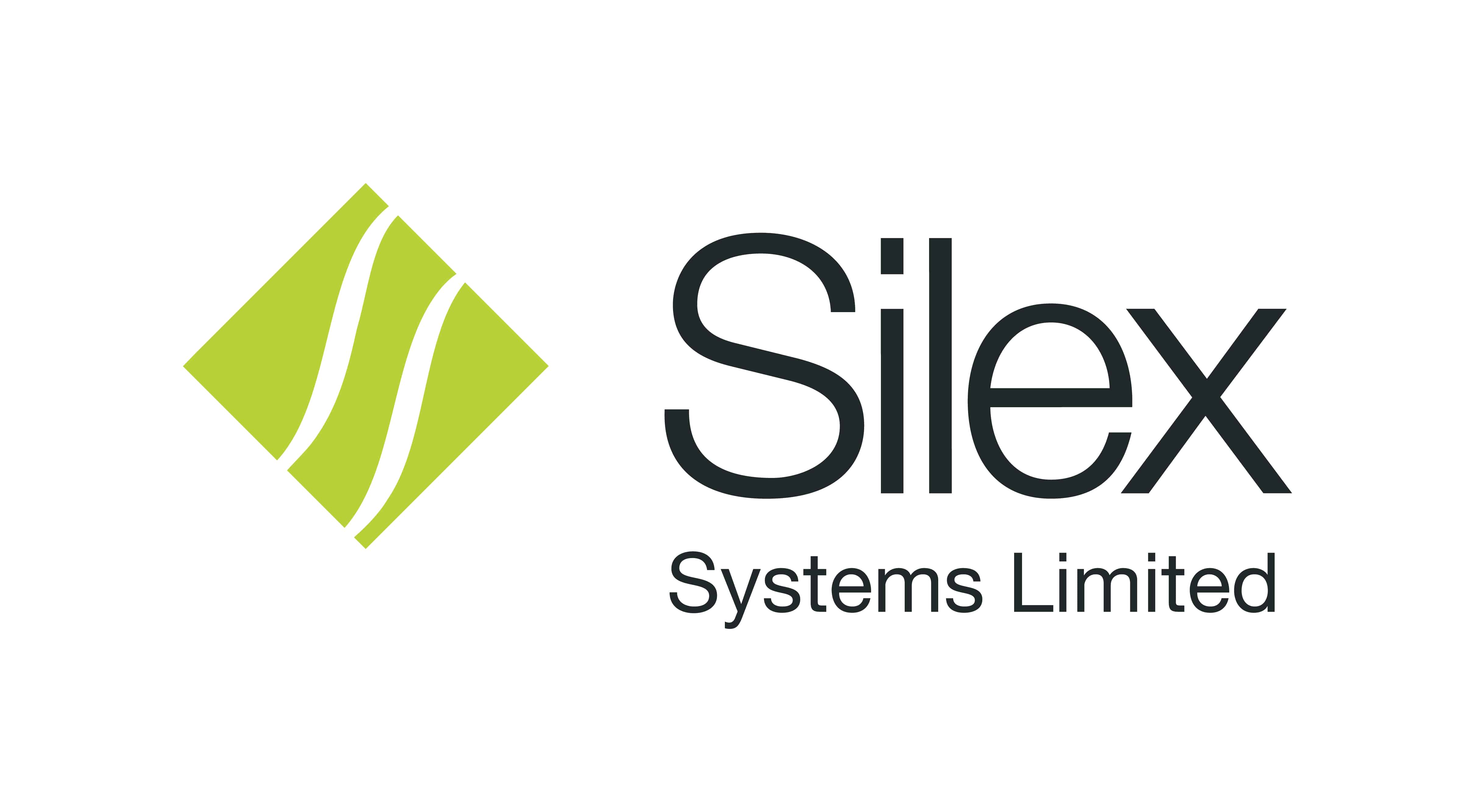GLE – The SILEX Laser-Based Uranium Enrichment Technology Commercialisation Vehicle
GLE is the exclusive licensee of the SILEX uranium enrichment technology. GLE is a jointly-controlled venture between Silex (51%) and global uranium and nuclear fuel provider, Cameco Corporation (49%). GLE’s exclusive worldwide licence to commercialise the SILEX technology for uranium enrichment is founded on the 2006 Technology Commercialisation and Licence Agreement, amended in 2021. The technology commercialisation project is being conducted jointly at GLE’s Wilmington, North Carolina (NC) facility and at Silex’s Sydney facility.
Today, the GLE joint venture continues to accelerate activities in the full-scale pilot demonstration project for the SILEX uranium enrichment technology, with the aim of completing the Pilot Demonstration Program (TRL-6) by the end of CY2024 (subject to an assessment and report by an independent engineering contractor). The TRL index is a globally accepted benchmarking tool for tracking progress in the development and maturation of a new technology through the early-stage blue sky research (TRL-1) to actual system operation over the full range of expected conditions and ready for scaled commercial operations (TRL-9). In general terms, TRL-6 represents the pivotal demonstration of full engineering-scale systems in a pilot plant facility. The reference document used by GLE is the US Department of Energy (DOE) Technology Readiness Assessment Guide (G 413.3-4A).
Subject to various factors, including the successful completion of TRL-6 pilot demonstration, industry and government support, a feasibility study for the PLEF, and continued supportive market conditions, GLE will continue to advance its commercialisation activities in order to support the potential commencement of commercial operations at the PLEF ahead of the original plan of 2030.


